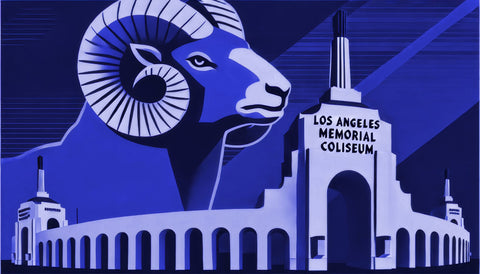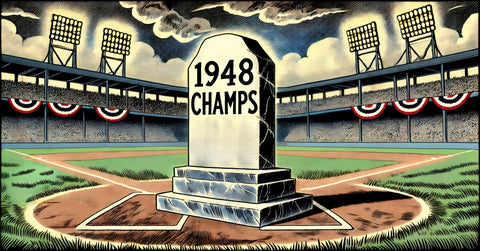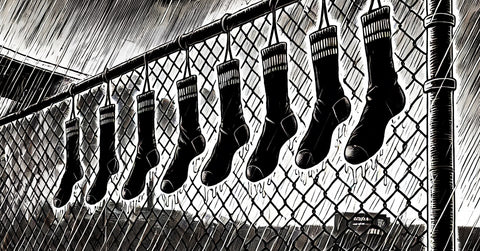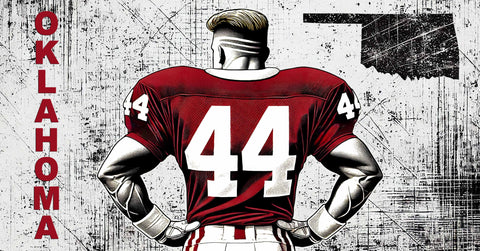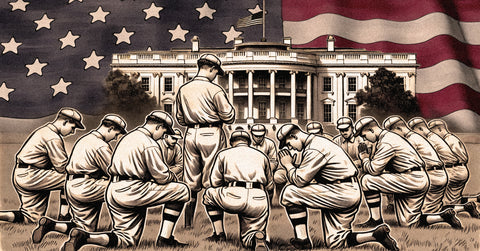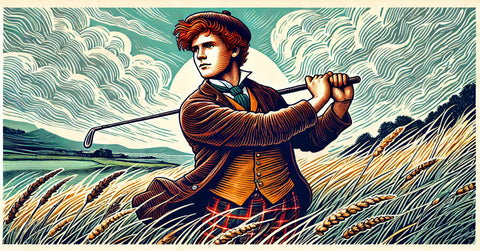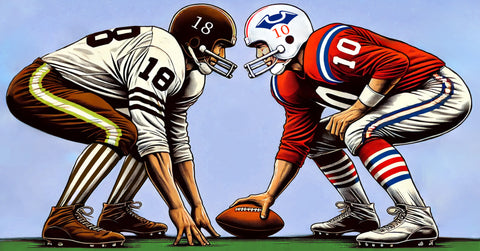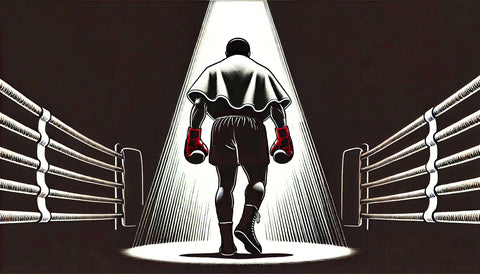
September 5, 1925: Bobby Jones’ Triumph at Oakmont - The 1925 U.S. Amateur Championship and the Rise of a Golf Legend
Share
On September 5, 1925, Bobby Jones, one of golf’s most revered figures, captured his second U.S. Amateur Championship at Oakmont Country Club, cementing his place as a dominant force in the sport. Oakmont’s notoriously difficult course, with its unforgiving roughs and deep bunkers, was the stage where Jones displayed remarkable precision and skill. This victory added another prestigious title to his growing legacy and set the stage for his extraordinary career in amateur golf.
Born on March 17, 1902, in Atlanta, Georgia, Robert Tyre Jones Jr. was a golfing prodigy from a young age. By 14, Jones was already competing in the U.S. Amateur Championship, making a name for himself in a sport that was still dominated by older, experienced players. But Jones was much more than a talented golfer. He pursued academics with the same rigor as his sport, earning degrees from Georgia Tech, Harvard University, and passing the Georgia bar exam after a year at Emory University School of Law.
The 1925 U.S. Amateur Championship at Oakmont was a crucial victory for Jones. The year before, he had lost in the final match of the U.S. Amateur, but 1925 marked his return to form. Oakmont Country Club, located in Pennsylvania, is renowned for its fast greens, tricky fairways, and deep bunkers. Despite the course’s challenges, Jones’ ability to keep his cool under pressure and navigate Oakmont’s hazards made the difference. His mastery of both the physical and mental aspects of the game was on full display, earning him a well-deserved victory.
Jones’ impeccable sportsmanship was as renowned as his golfing prowess. In the 1925 U.S. Open at Worcester Country Club, Jones famously called a penalty on himself when his ball moved ever so slightly, even though no one else had seen it. Although this cost him a chance at the title, his honesty solidified his status as a man of high integrity, earning him the admiration of fans and competitors alike. His commitment to the game’s rules was a defining trait throughout his career.
By the end of the 1920s, Jones had established himself as one of the greatest golfers in history. In 1930, he achieved the sport’s ultimate feat—winning golf’s original “Grand Slam” by capturing the U.S. Open, U.S. Amateur, British Open, and British Amateur in the same year. This accomplishment, still unmatched to this day, remains one of the most impressive in sports history.
Unlike many of his contemporaries, Jones remained an amateur throughout his career, never turning professional despite his immense success. He played golf not for monetary reward, but for the love of the game, a rare stance in any sport. His decision to remain an amateur only enhanced his mystique.
Beyond his playing days, Jones’ influence on the sport continued to grow. In 1933, he co-founded Augusta National Golf Club, which would become home to the prestigious Masters Tournament, one of the four major championships in modern professional golf. The tournament’s traditions, such as the green jacket for the winner, were partly shaped by Jones’ vision and commitment to preserving golf’s integrity.
Jones retired from competitive golf in 1930, at the young age of 28, shortly after his Grand Slam achievement. His victory at the 1925 U.S. Amateur was a significant milestone in his remarkable journey—a journey that helped define modern golf. Even today, Bobby Jones remains a symbol of excellence, sportsmanship, and dedication, influencing generations of golfers who admire both his achievements and the way he approached the game.



